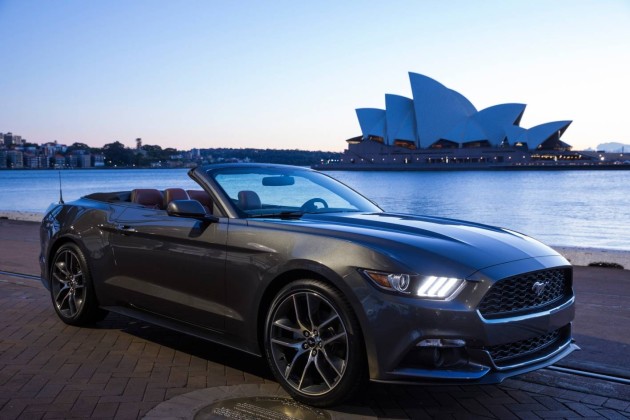Jeff Smitt, Director of The Automotive Technician training network begins a column in the November issue of Paint & Panel on fixes for electrical problems you might encounter during a repair. Here he shares his view for our industry's future.
It is my belief that the future has never look brighter, but there’s a catch.
The car parc is going to change, mainly because Australia faces a motor industry with no local car manufacturing. The current car parc is very broad and that is where the challenges begin for technicians.
With so many different types of vehicles available, most with different systems and technology installed, the ability of the everyday technician to keep up is a massive hurdle.
Significant changes have occurred in the past decade – the next decade will undoubtedly deliver even greater changes and technology advancement. Here’s a crystal ball look at likely changes.
Car safety
A combination of new technologies and tightening standards will result in big improvements in road safety through vehicle design and protection systems. Car safety is high on the list of emerging technologies with such things as self-steering, autonomous emergency braking and vision-enhancement.
European vehicles have led the safety charge with an aim to greatly reduce the number of deaths and injuries in its vehicles by 2020. Other luxury carmakers, including the Japanese marque Infiniti, are integrating new safety technologies into some of their offerings. An example is the anti-collision intervention system, which uses computer analysis, radar and sonar sensors on the bumpers to automatically apply the brakes if a large object, animal or child is detected.
Performance cars
Australians have grown up on a healthy diet of larger-capacity, V8 muscle cars over many decades and that trend will likely continue with the Ford Mustang confirmed as the Falcon replacement and General Motors saying it could produce right-hand-drive versions of the Camaro and Corvette.

Chrysler and its Dodge brand, too, are looking to take advantage of the demise of locally produced V8s, with the potential for right-drive versions of the next generation Dodge Charger and Dodge Challenger.
But the key considerations for future performance are increasingly in new engine technology and forced induction.
The sledgehammer V8s once commonplace in powerful sedans are being shunned in favour of smaller capacity units with turbochargers. Mercedes-Benz, Audi and BMW have each downsized their hero car engines in a bid for improved efficiency.
Most carmakers feel there will still be a market for V8s, but it will be limited to performance models, and even then in limited applications.
Another revelation in performance is the use of hybrid drivetrains in higher-end vehicles. Porsche, Ferrari, McLaren and BMW have each developed supercars that team conventional petrol engines with electric motors, enhancing performance while improving efficiency.
The future
So looking into the future for technicians in Australia will likely lead to different outcomes for different people in the trade.
Is there a future for you? Would you recommend the trade to a young person looking for a career?
I certainly would, but with a catch.
In the past, a person would do the trade apprenticeship and then start working without really having to think about relearning or undertaking extra training during their working life. Most technicians would just learn on the job, possibly making some mistakes along the way. Up till a few years ago, a technician could just work it out because vehicles were mainly basic – more mechanical than electronic. Now it’s very different and the changes will occur more frequently in coming years.
Future technicians can no longer rely on their own experience alone and when dealing with electronics it is not possible to just ‘work it out’. They will need to upskill and continue training throughout their working lives. More formal and precise training will be essential to stay in the trade.
The other main change I forecast is that technicians will need to specialise in certain makes of vehicles or in certain areas of repair and maintenance. This will limit future upskilling and training to just one specialised area.
No technician will ever again be able to work successfully on all makes and models, from the front bar to the rear bar and everything in between.

